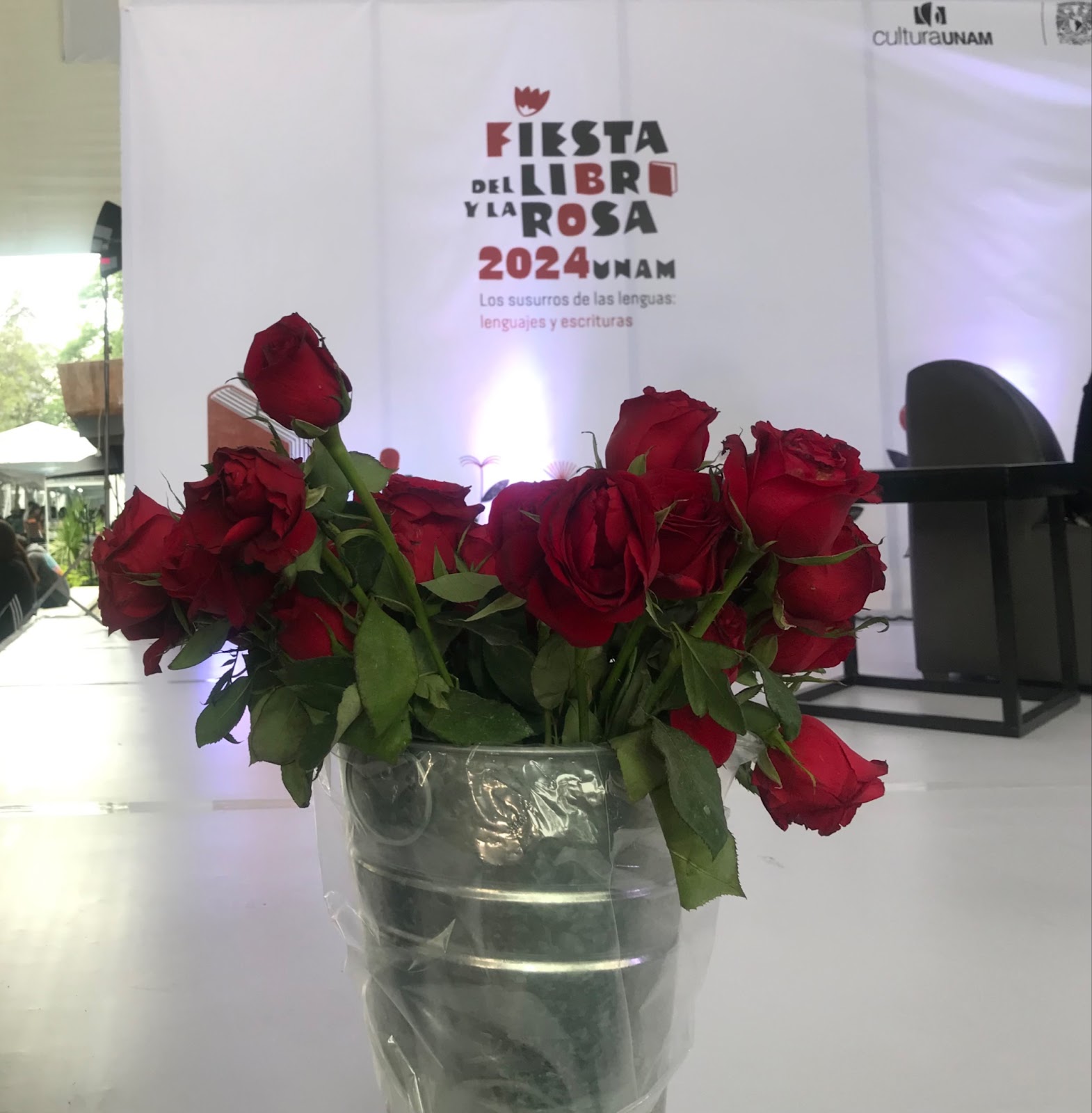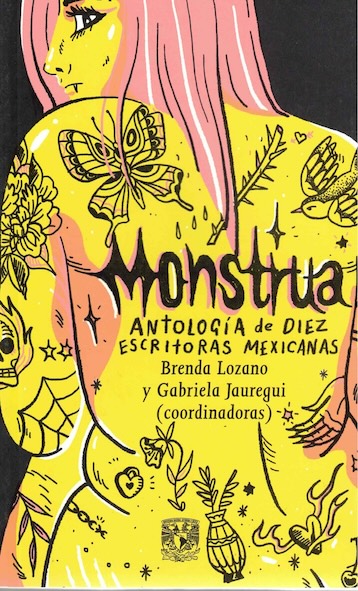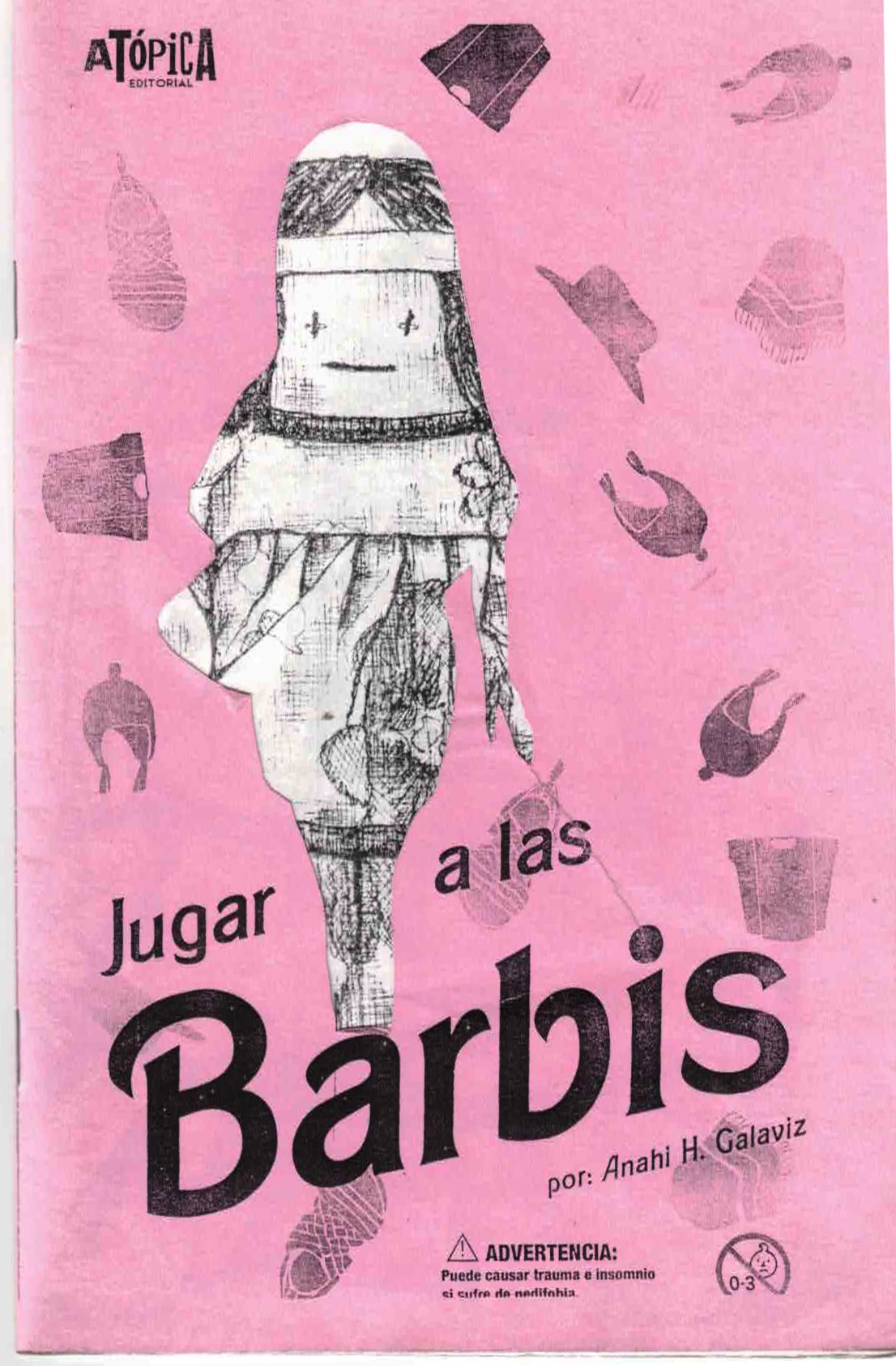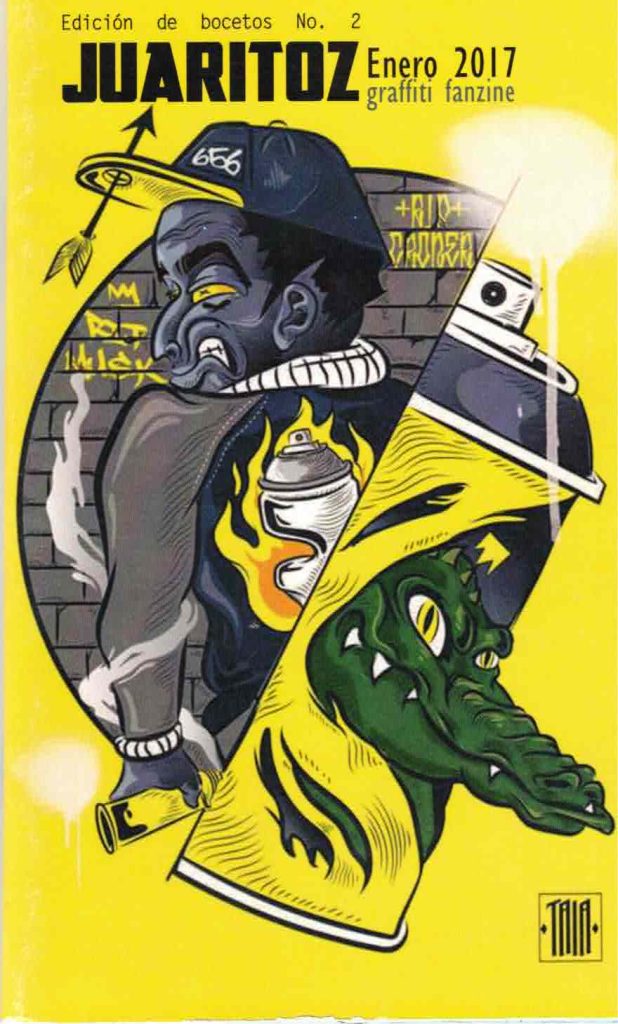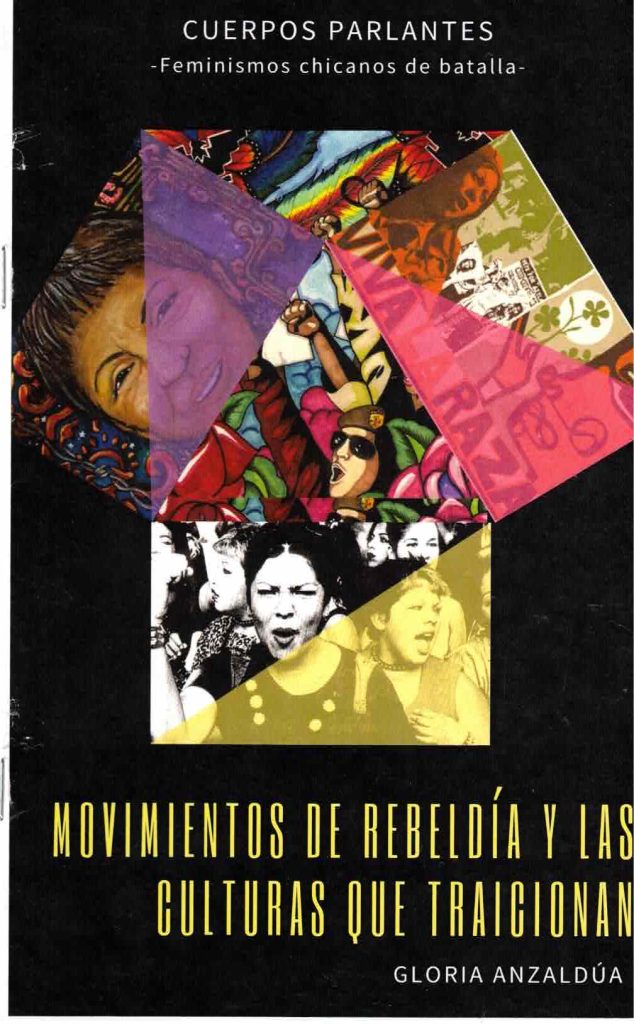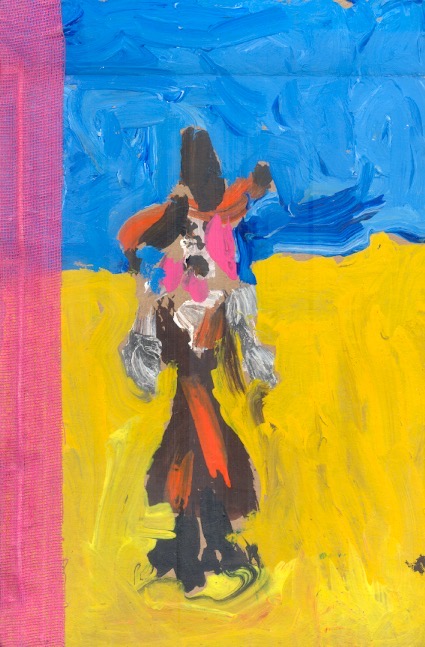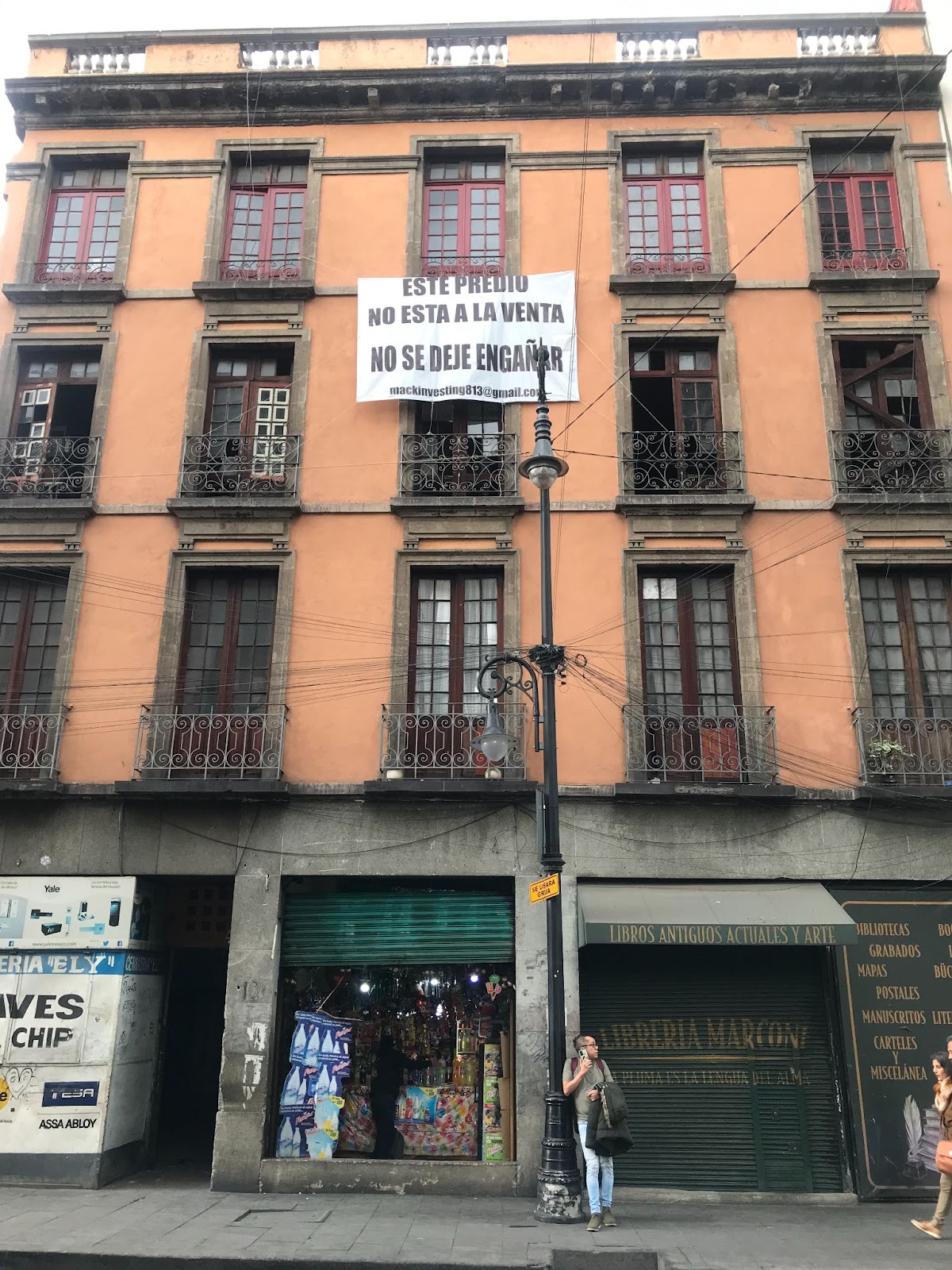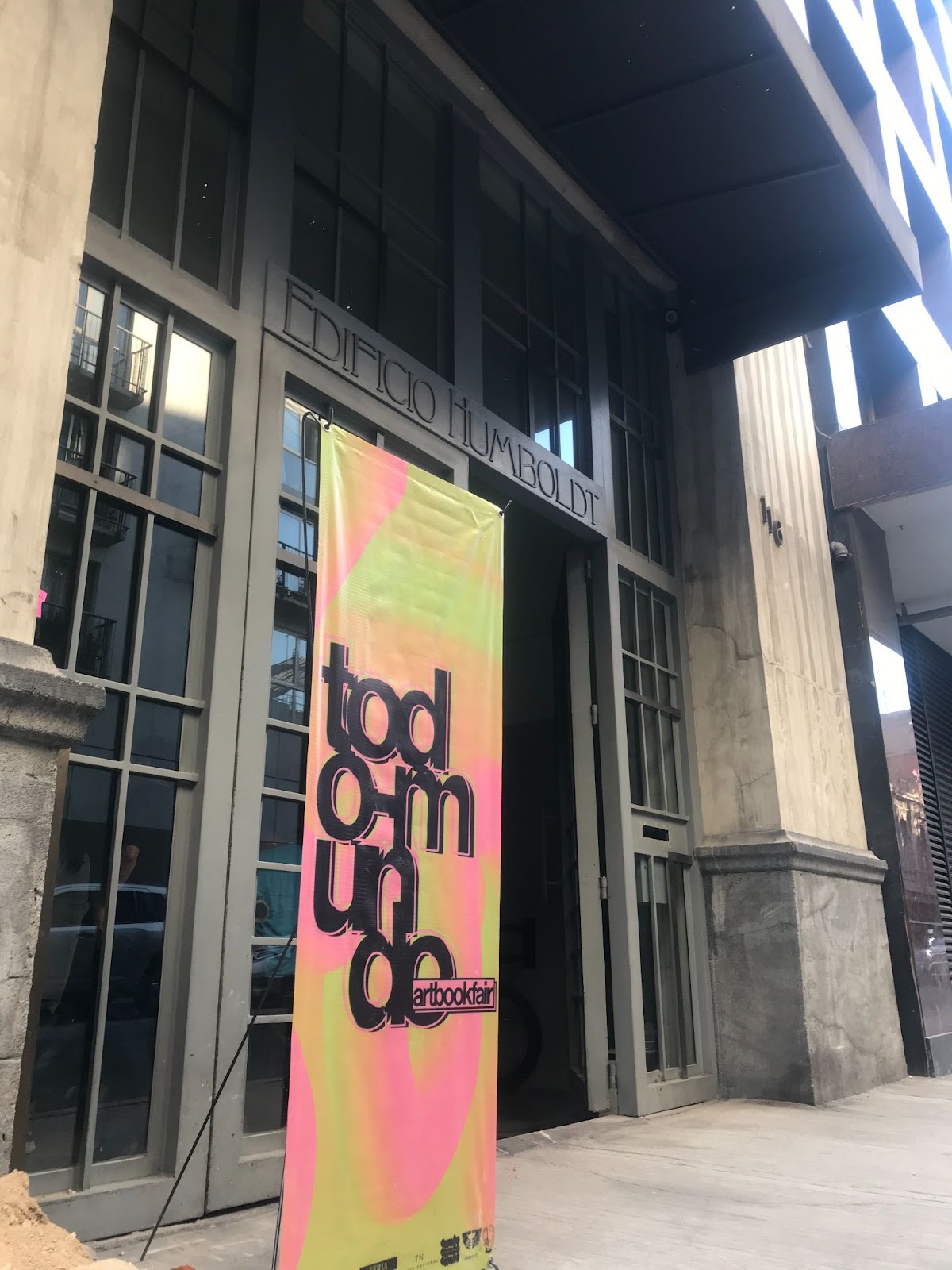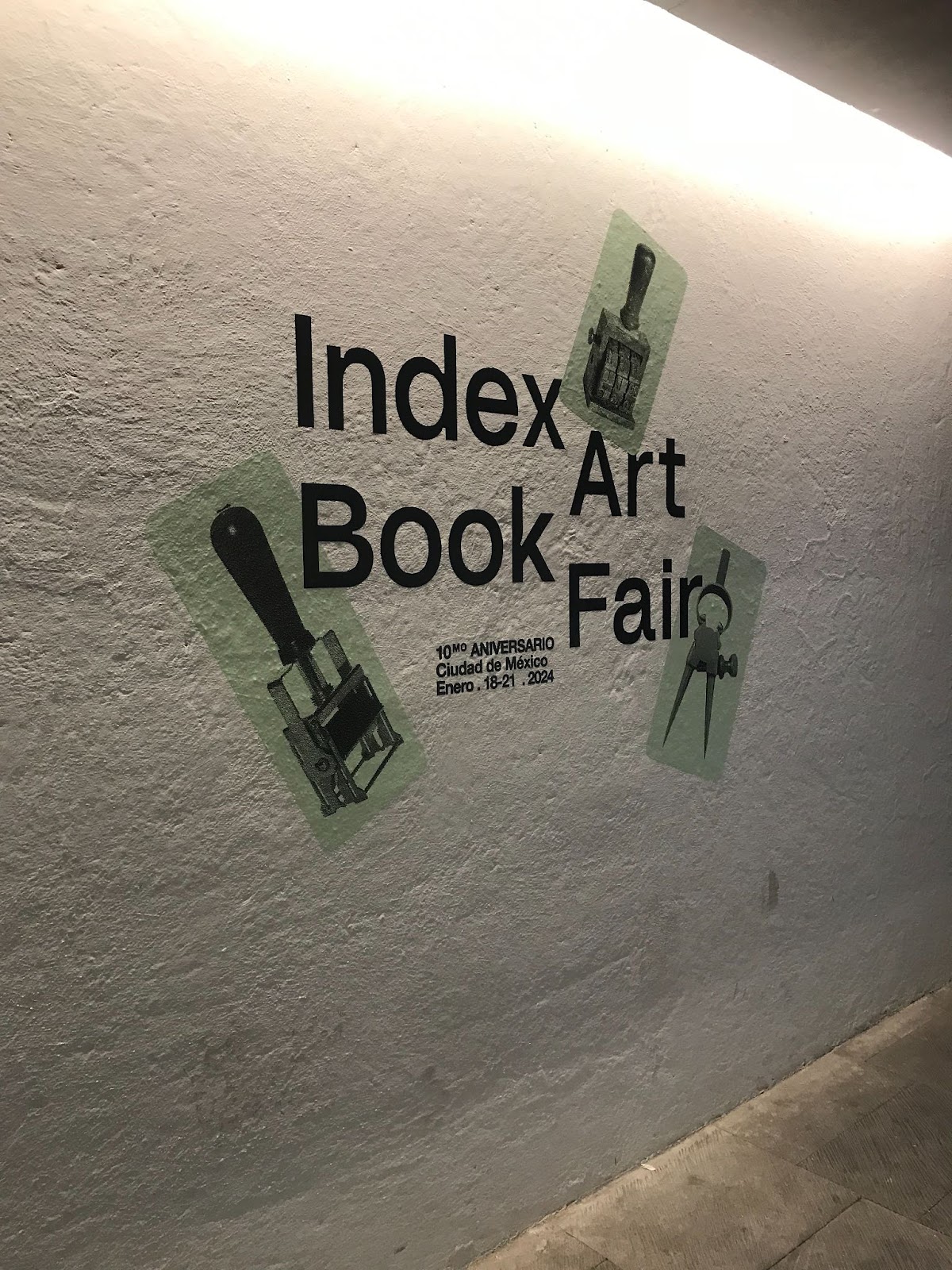From Friday, April 21st to Sunday, April 23rd, and across 3 venues, the Book and Rose Festival 2024 was presented in Mexico City. More than 220 publishers were convened, and over 7 discussion forums, book presentations, and talks were set up, in addition to offering workshops, concerts, and theater performances, all completely free and open to the public. It was impossible to cover everything among the numerous stands and activities, and the fact that it was divided among the University Cultural Center, the Tlatelolco University Cultural Center, and the Chopo Museum. However, like sweet things, it’s worth sampling a bit of everything to savor it truly.
In the University Cultural Center plaza, a tent covering 83 of the more than 145 available stands was set up; the others were arranged in front of the Juan Ruíz de Alarcón theater and the Sor Juana Inés de la Cruz forum and along the path to the theater area parking lot. It’s worth mentioning that Teatro UNAM also participated in this event by setting up the Carro de Comedias at the back of the fair, offering performances open to the public. Among the book stands, there were also 7 discussion tents, 2 workshop tents, and a UNAM Radio booth with a speaker pointing outward for visitors to listen to the program being broadcast inside, which included interviews with guest authors.
UNAM dedicated spaces to some of its faculties and entities, such as the UNAM Film Library, which presented its research texts as well as DVDs of national and international films; similarly, Ciencia UNAM had a stand dedicated to its publications in the form of popular science magazines. Several faculties were represented, including the Faculty of Art and Design, which showcased its catalog of design books, and the Faculty of Philosophy and Letters, represented by its Philology College and Philosophy College. Among many others, the largest and most striking stand was that of UNAM Books, which included titles such as “Monstrua: Antología de 10 escritoras mexicanas” , which, despite being released a couple of years ago, remains relevant and attractive due to its narrative proposal. Following the same trend of giving voice to women, “Mujeres insurgentes de los años 70: Género y lucha armada” was also among the booksellers, remaining an essential research piece worthy of consideration for understanding our history.
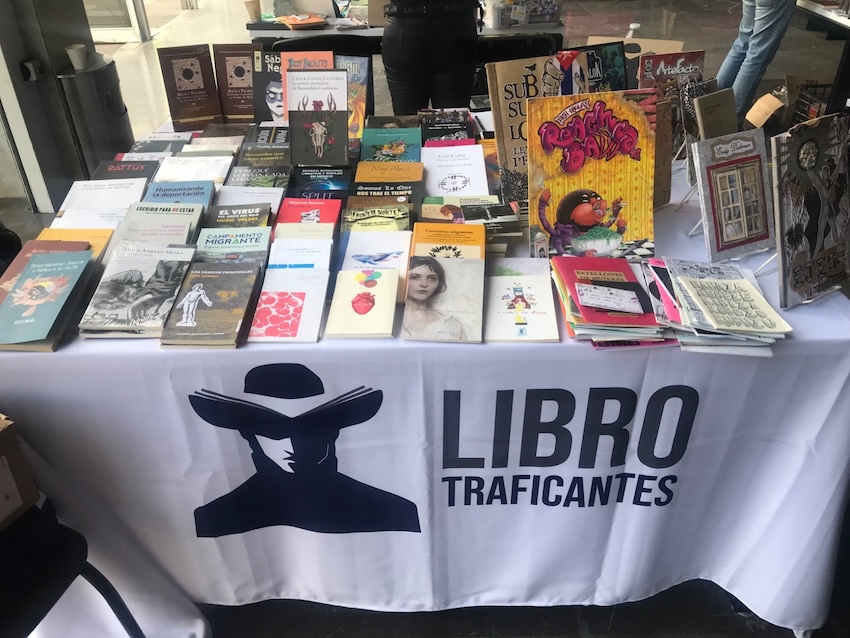
While among the participating publishers was “Leetra” specializing in children’s books and featuring engaging materials for children to interact with, this was the boldest move made at the University Cultural Center. Meanwhile, the other two festival venues took a different approach, more open to independent and alternative content proposals.
At Museo del Chopo, stands were full of fanzines, illustrations, artwork, and second-hand books, offering a wide range for those seeking more than conventional books. Similarly, the museum provided a space for book presentations, with speakers and attendees at the same floor level and a very short distance apart, thus providing a sense of intimacy.
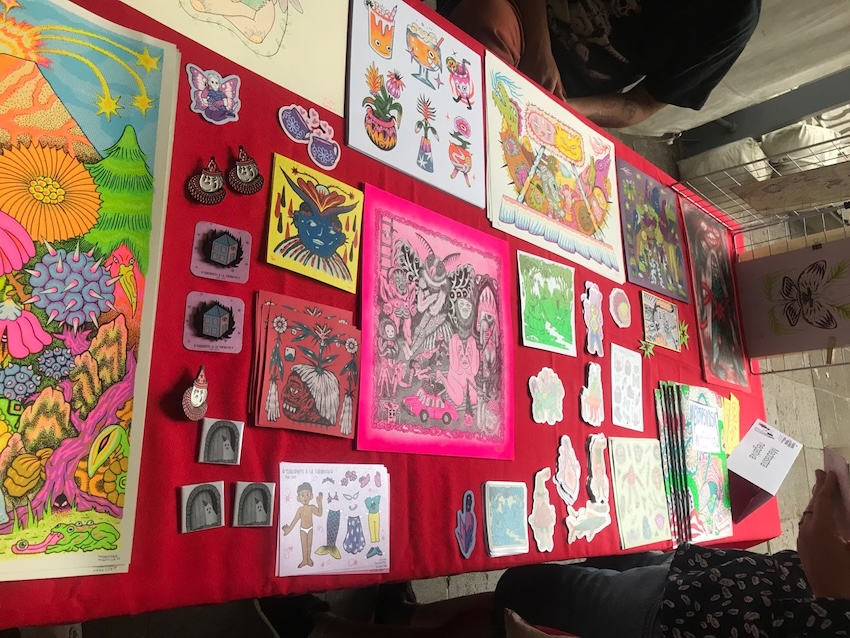
The perfect balance between these two venues was Centro Cultural Tlatelolco, which provided the Juárez hall for over 50 publishers to present a variety of conventional books, children’s books, fanzines, illustrations, comics, second-hand books, and art books. The proposals were diverse, offering titles for all tastes and ages, combining the “conventional” and the “alternative,” taking the best of both worlds. Nonetheless, regardless of the venue one chose to visit, all spaces were an excellent option to explore, just like they are throughout the year, as among the museum’s permanent exhibitions, temporary exhibitions, theater billboards, and workshops, the Book and Rose Festival is just a taste of UNAM’s entire cultural offering.
Inkitt: BbyKevs
Wattpad: @SugoiKevs
TikTok: @bbykevs



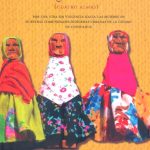 Nayó Alewá (Cuatro almas): Por una vida sin violencia hacia las mujeres en nuestras comunidades indígenas urbanas de la Ciudad de Chihuahua
Nayó Alewá (Cuatro almas): Por una vida sin violencia hacia las mujeres en nuestras comunidades indígenas urbanas de la Ciudad de Chihuahua 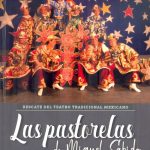 Rescate del teatro tradicional mexicano
Rescate del teatro tradicional mexicano  México Literatura catalana del exilio
México Literatura catalana del exilio  Femenino Masculino en las literaturas de América
Femenino Masculino en las literaturas de América  El Pepenado. Una tradición otomí del bordado en San Juan Ixtenco
El Pepenado. Una tradición otomí del bordado en San Juan Ixtenco  Primer Concurso de Cuento Breve de Rock
Primer Concurso de Cuento Breve de Rock  Redes y negocios globales en el mundo ibérico, siglos XVI-XVIII
Redes y negocios globales en el mundo ibérico, siglos XVI-XVIII  La Catedral de Puebla
La Catedral de Puebla 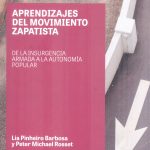 Aprendizajes del Movimiento Zapatista
Aprendizajes del Movimiento Zapatista  Derechos humanos de las mujeres en México
Derechos humanos de las mujeres en México  Educación en tiempos de pandemia
Educación en tiempos de pandemia  De espacios domésticos y mundos públicos. El siglo de las mujeres en México
De espacios domésticos y mundos públicos. El siglo de las mujeres en México  Un Mito de creación zapoteca en las pinturas rupestres
Un Mito de creación zapoteca en las pinturas rupestres  Isla en negro
Isla en negro  Mujeres mexicanas del siglo XX: La otra revolución, tomo 3
Mujeres mexicanas del siglo XX: La otra revolución, tomo 3  Antropologías Feministas en Rebeldía en Chiapas y Centroamérica
Antropologías Feministas en Rebeldía en Chiapas y Centroamérica  Leyendas chiapanecas
Leyendas chiapanecas  Programa de fotografía contemporánea 2011
Programa de fotografía contemporánea 2011  Península
Península 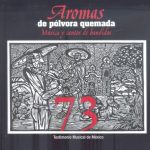 Aromas de pólvora quemada
Aromas de pólvora quemada  Organización del espacio en el México colonial Puertos, ciudades y caminos /
Organización del espacio en el México colonial Puertos, ciudades y caminos /  Perdedores
Perdedores  Trabajadores indocumentados mexicanos y derechos humanos
Trabajadores indocumentados mexicanos y derechos humanos  La fiebre chikungunya en Yucatán: testimonios, indicios y prolegómenos de una campaña mosquitocéntrica
La fiebre chikungunya en Yucatán: testimonios, indicios y prolegómenos de una campaña mosquitocéntrica 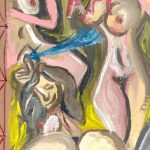 Porn art
Porn art 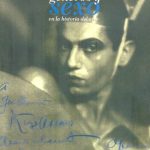 Miradas disidentes: Géneros y sexo en la historia del arte.
Miradas disidentes: Géneros y sexo en la historia del arte. 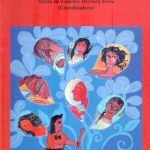 Estudios históricos sobre las mujeres en México
Estudios históricos sobre las mujeres en México  Caminando hacia la igualdad de género
Caminando hacia la igualdad de género 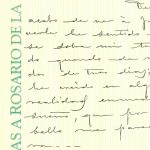 Cartas a Rosario de la Peña
Cartas a Rosario de la Peña  Memoria y recuerdo de las cosas y sucesos que acontecieron en Huamuxtitlán, Guerrero /
Memoria y recuerdo de las cosas y sucesos que acontecieron en Huamuxtitlán, Guerrero /  ¿Violencia de género o violencia falocéntrica? Variaciones sobre un sistema complejo
¿Violencia de género o violencia falocéntrica? Variaciones sobre un sistema complejo 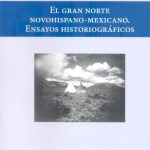 El gran norte novohispano-mexicano : ensayos historiográficos /
El gran norte novohispano-mexicano : ensayos historiográficos /  Cartilla moral
Cartilla moral 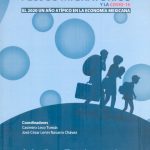 Flujos migratorios y la COVID-19
Flujos migratorios y la COVID-19 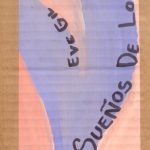 Sueños de Lot
Sueños de Lot  Lengua, cosmovisión y re-existencia de los pueblos de Abya Yala
Lengua, cosmovisión y re-existencia de los pueblos de Abya Yala 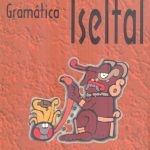 Gramática tseltal
Gramática tseltal  Justicia en una democracia constitucional
Justicia en una democracia constitucional  Gramática tarahumara 1683
Gramática tarahumara 1683  Pinturas mayas en cuevas
Pinturas mayas en cuevas  Experiencias latinoamericanas sobre guerra sucia y defensa de derechos humanos
Experiencias latinoamericanas sobre guerra sucia y defensa de derechos humanos 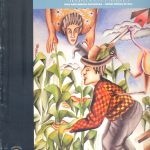 Mook jy El ciclo de vida del maíz según los Mixes /
Mook jy El ciclo de vida del maíz según los Mixes /  La Experiencia migrante Iconografía de la migración, México-Estados Unidos
La Experiencia migrante Iconografía de la migración, México-Estados Unidos  Me dejaste puro animal inexistente: Poesía
Me dejaste puro animal inexistente: Poesía 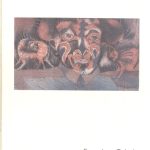 Francisco Toledo Triumph des Todes holzschnitte
Francisco Toledo Triumph des Todes holzschnitte  Gubias y rodillos del México indígena / Otro tiempo desde el fondo del tiempo
Gubias y rodillos del México indígena / Otro tiempo desde el fondo del tiempo  Caminando hacia el amanecer Informe especial sobre desplazados de guerra en Chiapas /
Caminando hacia el amanecer Informe especial sobre desplazados de guerra en Chiapas / 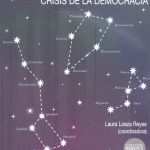 Políticas de identidad en el contexto de la crisis de la democracia
Políticas de identidad en el contexto de la crisis de la democracia  Cruzando océanos y fronteras
Cruzando océanos y fronteras  Los Zoques de Oaxaca. Un viaje por los Chimalapas
Los Zoques de Oaxaca. Un viaje por los Chimalapas  Identidades, globalización e inequidad
Identidades, globalización e inequidad  Historia del béisbol de Yucatán y Campeche entre los años 1892-1905
Historia del béisbol de Yucatán y Campeche entre los años 1892-1905  El encanto de la sirena
El encanto de la sirena  Tiempo fechado. Historia y política en Octavio Paz
Tiempo fechado. Historia y política en Octavio Paz 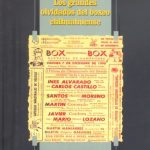 Los Grandes olvidados del boxeo chihuahuense
Los Grandes olvidados del boxeo chihuahuense  Los Nombres del arco iris
Los Nombres del arco iris 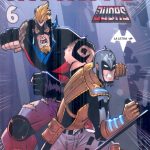 Códices infinitos, No. 6: La reina jaguar
Códices infinitos, No. 6: La reina jaguar  Taller Flora
Taller Flora  Wirikuta contra la Hidra capitalista
Wirikuta contra la Hidra capitalista  Almas con pies desnudos
Almas con pies desnudos 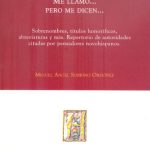 Me llamo... pero me dicen...
Me llamo... pero me dicen...  Hacia una política migratoria del Estado Mexicano
Hacia una política migratoria del Estado Mexicano  Aquel Quetzalcóatl se fue pa'l norte
Aquel Quetzalcóatl se fue pa'l norte  Un cuchillo entre los dientes
Un cuchillo entre los dientes  Entre el culto a la fertilidad y el festejo católico /
Entre el culto a la fertilidad y el festejo católico /  Tula y su jurisdicción
Tula y su jurisdicción  El amor y otras mentiras
El amor y otras mentiras 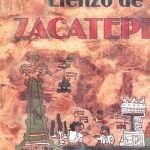 Lectura del lienzo de Zacatepec
Lectura del lienzo de Zacatepec 